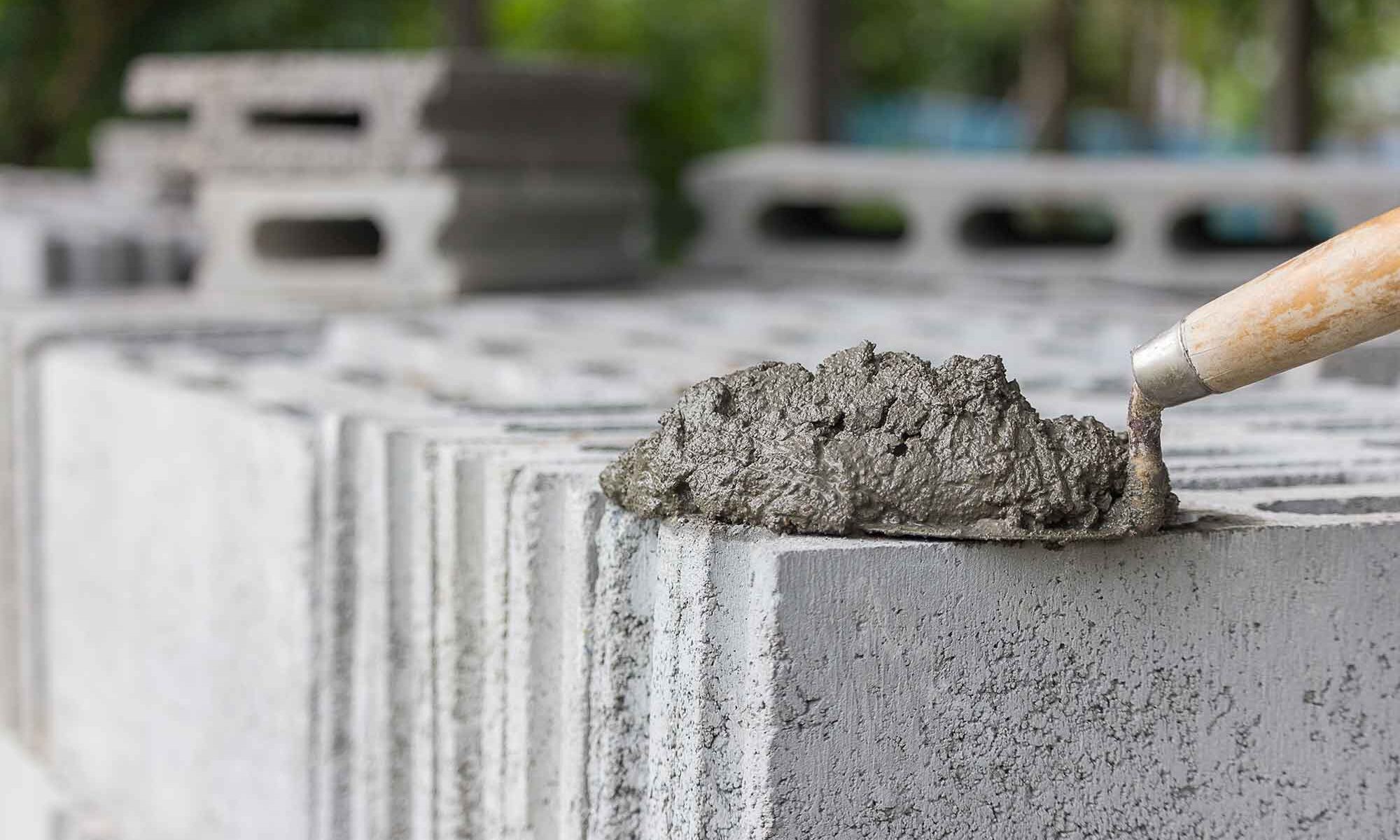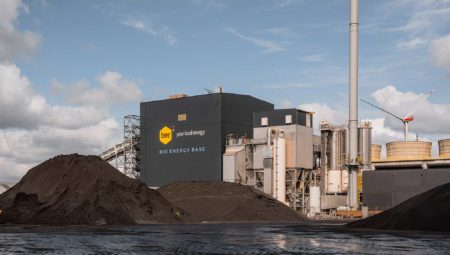Global cement production accounts for 7% of annual greenhouse gas emissions worldwide. It is made from limestone burned at high temperatures, releasing large amounts of CO2. This can be done differently. In fact, some species of calcareous microalgae make their own limestone through photosynthesis.
The research team discovered that replacing limestone from the earth with this biologically grown (biogenic) limestone is a carbon-neutral way to make Portland cement. The concrete in which this biogenic limestone is used draws CO2 from the atmosphere and stores it, making the material even carbon-negative.
Moreover, the lipids, proteins, sugars and carbohydrates from the microalgae can be used to produce biofuels, foods and cosmetics, meaning these microalgae can also be a source of other, more expensive co-products, offsetting the cost of limestone production.
If all buildings on earth were made with this material, researchers say it would save more than 2 gigatonnes of carbon dioxide every year.
Image: Okaycm’Stocker/Shutterstock



